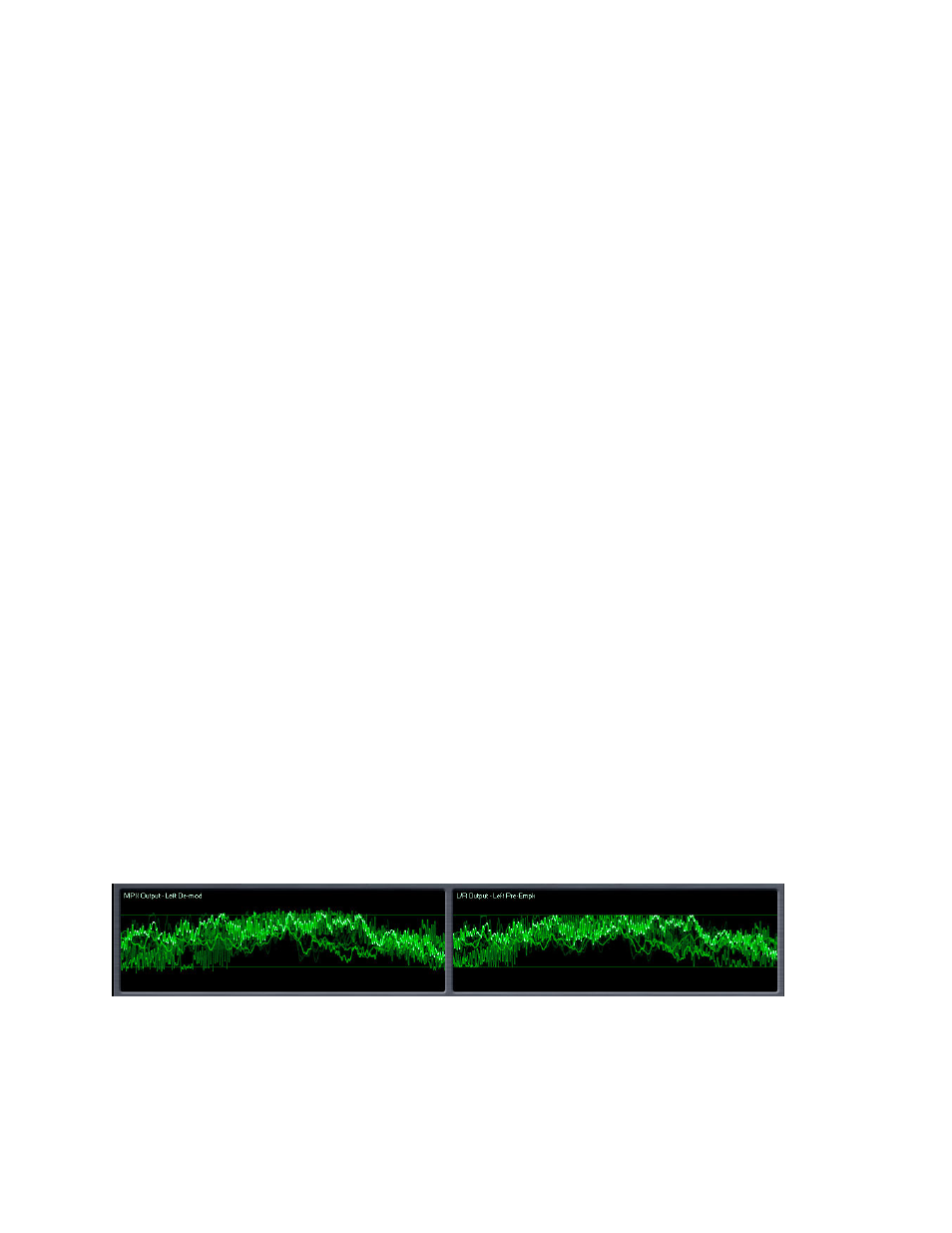Omnia Audio Omnia.9 User Manual
Page 64

R The Undo Control Signal patch points allows you to view the control signal from each of the
individual bands in either the left or right channel.
R The Miscellaneous patch points allows you to view the audio signal from various other points in
K? @EGLKCFL;E point. R From the MPX DecodedD Omnia.9 as well as devices connected to the MPX1 and MPX2 inputs. R The Physical Inputs D !@>@K8C"0/<= K?< +=/ 8M8@C89C<@EK? R The Sidechain (SC) menu allows you to display left- and right-channel audio signals from both the J@;<:?8@EJ 8E; FLKGLK J<:K@FEJ F= K?< &EGLK $ 4@;<98E; $ 4@;<98E; $ 8E; Wideband AGC3 compressors. R From the Multiband SoloD be displayed. The number of available bands is determined by the number of bands employed in the current preset. R The Monitor Out menu allows you to view the input (source) and output audio signals of the 0G<8B Below are some examples of how to use the oscilloscope: As a High Frequency Headroom Monitor: R Display the Left or Right Demod signal from the MPX Output menu R Set Oversampling to “On” R Set Phosphor Persistence to 50 R Set Gain to -3 R Set Lines to -1 R 0 8;;@K@FE8C%#?<8;IFFD,DE@8
WJ:C@GG As a Pilot Protection Monitor: R Display the MPX Output R Set Oversampling to “Off” R Set Phosphor Persistence to 40 Chapter 9: FM Menu - Processing for FM 64
